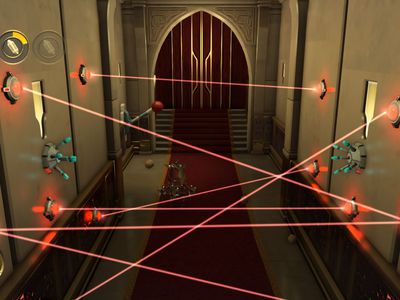
Essential BIOS Settings: What Changes Make a Difference on Your PC

Essential BIOS Settings: What Changes Make a Difference on Your PC
Key Takeaways
- Set up a BIOS password to keep unwanted visitors out of your device. Also, adjust the boot order to boost your computer’s startup speed.
- Make your computer’s fans last longer by slowing them down with different fan settings in the BIOS. Need faster cooling? Switch to a faster fan profile.
- Speed up your RAM, disable unused integrated peripherals, and optimize your CPU to achieve better performance and efficiency from your computer.
Navigating the BIOS can feel overwhelming, with so many settings to consider. But there are a few simple tweaks you should make in the BIOS to boost the performance and stability of your system. We’ll show you some of those tweaks, and explain when and why you might want to use them.
1 1. Password Protect Your BIOS
While we’re careful to password-protect our user accounts, we often overlook securing the BIOS. This oversight can enable anyone to enter your computer’s BIOS and alter system security settings, even if your user account is password-protected. By setting up a password for your BIOS, you can mitigate these risks and protect your data if the device gets stolen.
To set up this security feature, restart your computer and press the designated key(s) to access the BIOS setup utility . Then, locate the security settings section, where you can set up a password, usually labeled as “Supervisor Password,” “Administrator Password,” or “User Password.” Save the changes and exit the BIOS.
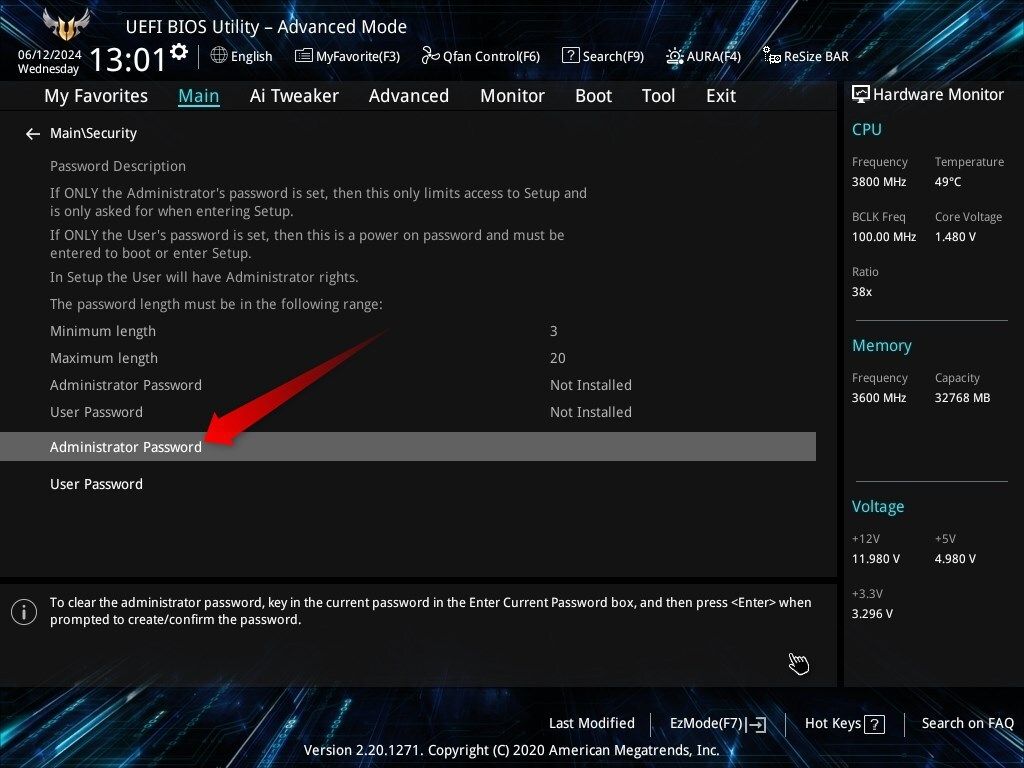
From now on, whenever you need to modify a BIOS setting, you’ll need to confirm your identity by entering the password.
2 2. Change Fan Control Settings
If your PC overheats or struggles with heat dissipation (which is most noteably a problem with laptops), one effective solution is to increase the fan speed. Conversely, reducing the fan speed can prolong its lifespan. Since Windows lacks built-in options to control fan speed , users often turn to third-party software. If you don’t want to go that route, you can adjust fan speed in BIOS.
Enter the BIOS setup, and locate the hardware monitoring section, which might be named “Hardware Monitor,” “PC Health Status,” “Fan Control,” or similar. Within this section, go to the fan control settings. Here, choose from predefined fan profiles like “Silent,” “Standard,” “Turbo,” or more. You can also manually control the fan curve.
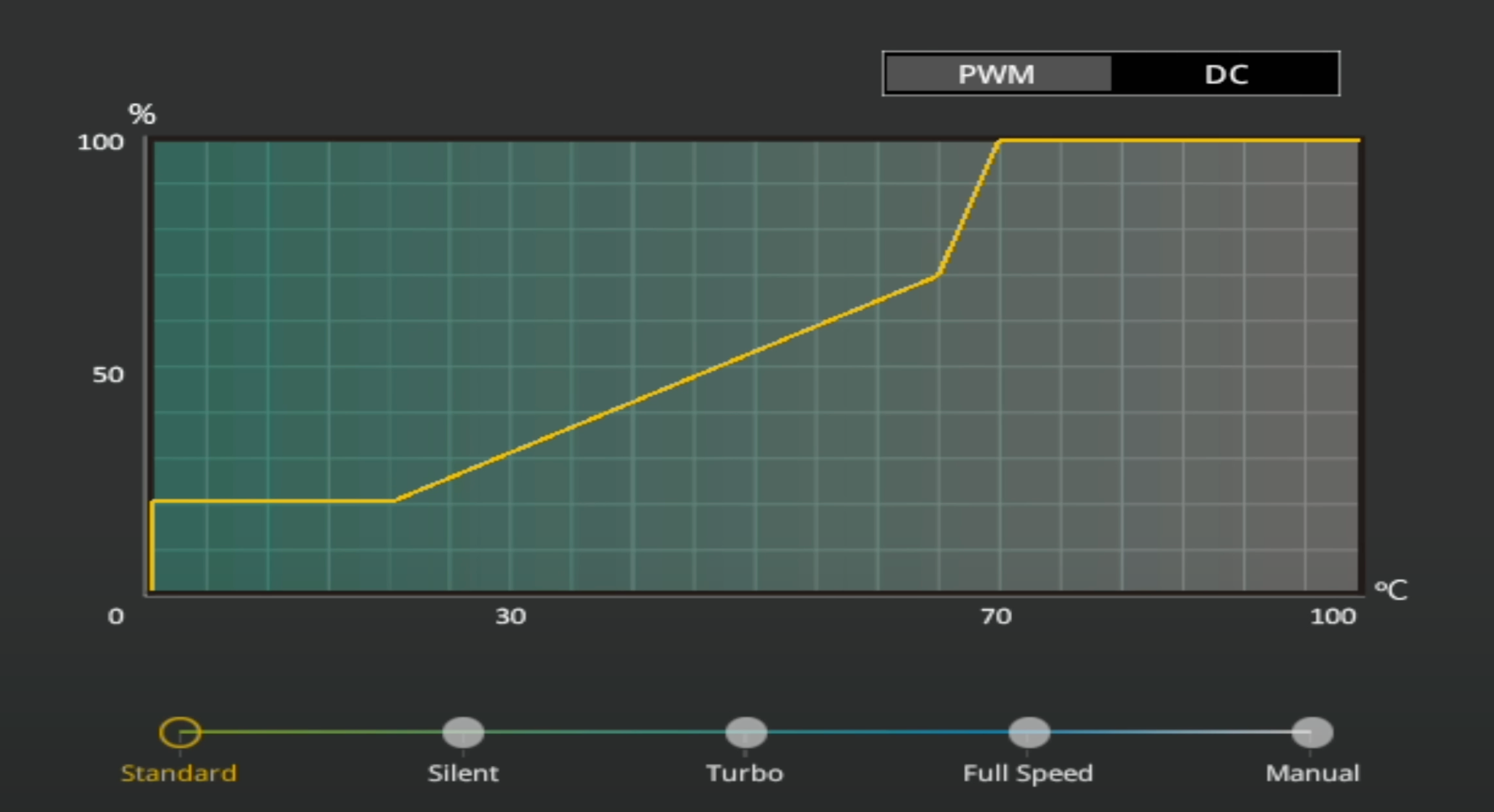
Not all manufacturers include fan control options in their BIOS settings, particularly on laptops. Desktop computers typically offer more flexibility in fan speed management.
3 3. Change the Boot Order
The boot order refers to the sequence in which a BIOS or UEFI searches for a bootable operating system during startup. If multiple storage devices are installed and your primary operating system resides on a lower-priority drive, your computer might expend unnecessary effort searching for a bootable OS on other drives.
To optimize boot time and minimize the risk of encountering boot errors, you should prioritize your primary operating system at the top of the boot order list in BIOS settings. To modify the boot order , open BIOS and go to the “Boot” section. If your primary OS drive isn’t already at the top of the boot order, make sure to select it as the first boot option.
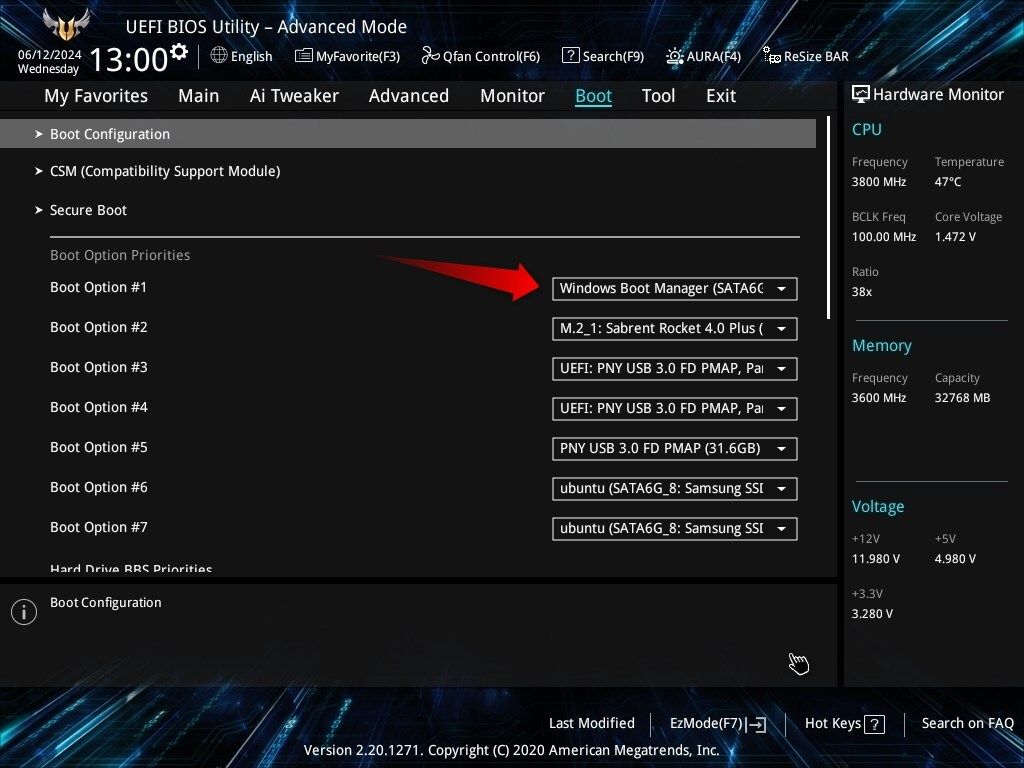
After you’ve made these adjustments, save the changes, exit BIOS, and restart your computer. You may experience a noticeable improvement in boot time.
Even if you don’t get a performance improvement, changing your boot order to include a Windows recovery USB or other utility programs is an important part of troubleshooting a malfunctioning PC.
4 4. Overclock Your RAM
Although you can adjust other parameters, overclocking RAM primarily involves increasing data transfer rates and refining timings to enhance overall device performance, especially for tasks that require substantial memory usage. These adjustments reduce latency, which makes applications more responsive and snappy.
To overclock your RAM, open the BIOS and navigate to the memory or overclocking section. Manual RAM overclocking lets you adjust memory frequency, timings, and voltage settings. However, it demands caution, as improper configuration can cause system instability or even damage your hardware, though that is very unlikely.
To mitigate these risks, you can use pre-configured profiles such asXMP (for Intel systems) or DOCP or AMP (for AMD systems) , which provide safe overclocking options. The preset overclocking options available through XMP, DOCP, or AMP are usually pretty stable, but there are no guarantees that every specific setting will work with every hardware configuration.
5 5. Disable the Unused Integrated Peripherals
Turning off unused integrated peripherals through the BIOS can yield several benefits. For instance, disabling onboard audio when using a dedicated sound card can prevent conflicts between audio devices and improve audio performance. This doesn’t just apply to sound cards—dedicated and integrated hardware trying to do the same thing usually increases the chances of bugs occurring.
Likewise, deactivating other peripherals, such as unused RAID controllers and ports, can reduce power consumption and potentially improve system stability.
To implement these adjustments, navigate to the BIOS and locate the section labeled “Integrated Peripherals,” “Onboard Devices,” or “Advanced.” Within this section, turn off the peripherals that are not in use. However, don’t turn off integrated peripherals unless you’re certain you have a dedicated alternative installed in your system. Otherwise, you may encounter problems with any programs that require that hardware to work. More importantly, disabling something essential will lead to system instability.
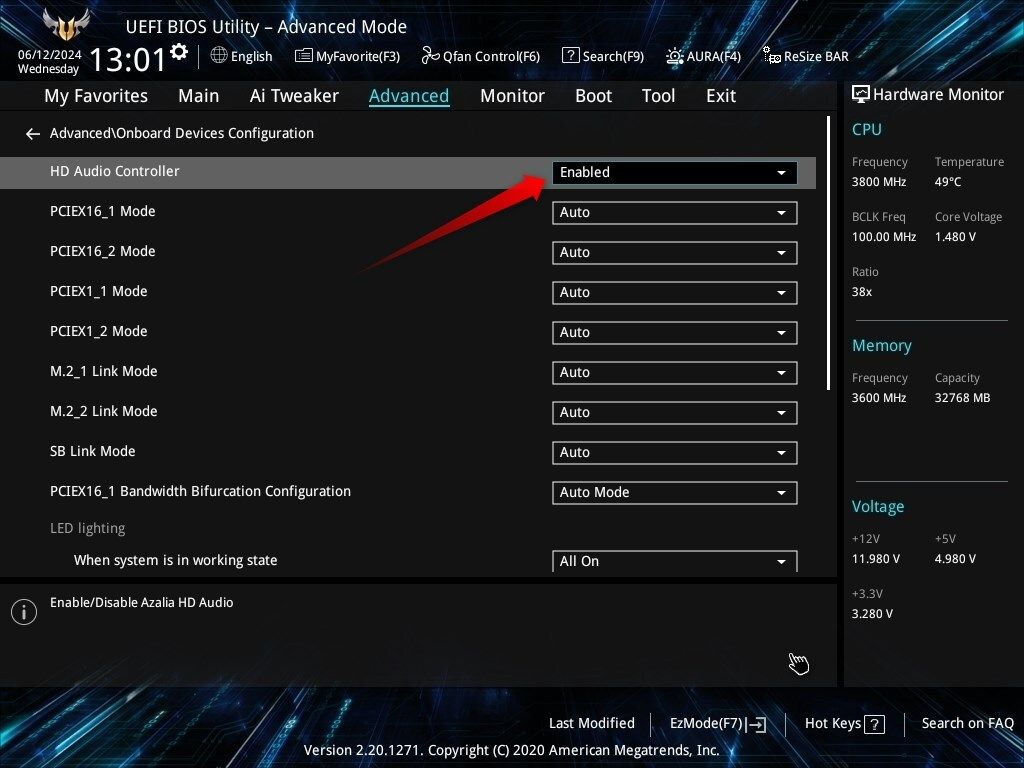
6 6. Optimize CPU Performance
Most manufacturers, particularly in desktop computers, offer BIOS settings that can improve CPU performance. Features like Hyper-Threading , which enables CPU cores to handle two threads simultaneously, boost performance in multi-threaded applications such as video editing and rendering.
Similarly, Turbo Boost (for Intel CPUs) and Precision Boost (for AMD CPUs) raise the CPU’s clock speed beyond its base frequencies , ensuring it can meet processing demands as they escalate. Some manufacturers offer additional features to maximize CPU performance when processing demands increase.
However, these features typically increase power consumption. Disabling them, if unnecessary, can help reduce power usage. Conversely, you can enable them if you want better performance. To turn these features on or off, access the BIOS settings and navigate to the “Advanced,” “CPU Configuration,” “Performance,” or a similar tab.
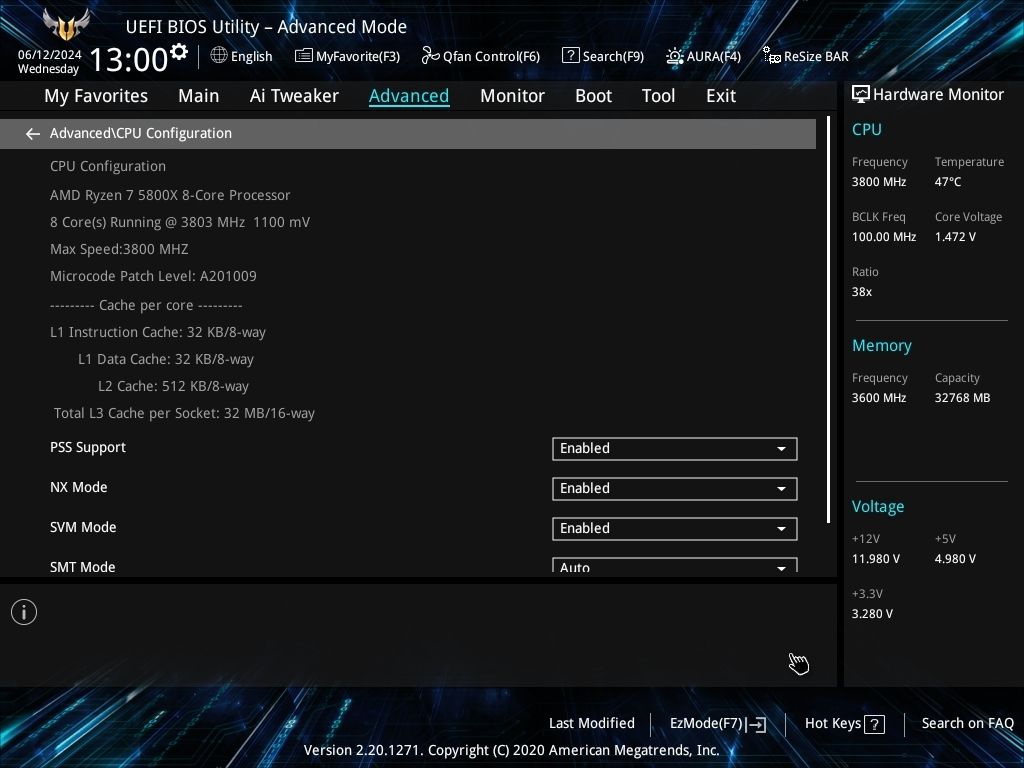
Adjust the settings according to your requirements. Once configured, remember to save the changes and exit the BIOS.
These settings can boost your system’s performance and stability. But remember, tweaking the BIOS can be risky if you’re not experienced. Making the wrong changes could even make your device unbootable. Only adjust settings you’re familiar with and are sure will not cause any problems for your system.
If in doubt, it’s best to leave them alone or seek advice from someone who knows their way around BIOS settings.
Also read:
- [New] In 2024, Unveiling Secrets to Extending Reach with YouTube Lists
- 1. Unleash the Full Power of Siri: Essential Secret Voice Commands That Will Transform Your iPhone - Insights From Tech Experts
- Apple's New iPhone 13 Unveiled: Sweep Up the Prime Day Blowout at Only $299 on Amazon
- Comparing iPhone 15 Pro and iPhone 14 Pro: Assessing Features & Enhancements in Apple's New Release | Tech Analysis
- Comprehensive Govee Tri-LED Floodlights Analysis: Affordable and Adjustable Solutions for Exterior Illumination
- Comprehensive Review of Nulaxy KM18: The Reliable Classic FM Transmitter for Your Car
- Critical Flaw Detected in Apple's Latest Anti-Theft Security Feature: A Step-by-Step Guide for Patching It Up | TechNews
- Expert Picks: Top iPhone 12 & 12 Pro Protective Cases - Insights From ZDNET's Analysis
- In 2024, How to Detect and Remove Spyware on Meizu 21 Pro? | Dr.fone
- In 2024, How to Transfer Text Messages from Oppo Find N3 Flip to New Phone | Dr.fone
- In 2024, Ultimate Guide to Catch the Regional-Located Pokemon For Honor 90 | Dr.fone
- Mastering iOS 16: Essential Tips for Leveraging Your iPhone's Revamped Lock Screen – Expert Advice
- Mastering the Fix for OpenGL32.dll Is Absent or Unavailable Bugs on Your PC
- Top Tech Picks : Comparing Leading Brands Like Apple & Dell - Insights
- Topos Conversorers De MKV Sin Costo Para PC Y Dispositivos Móviles en 2024
- Troubleshooting Your Video Short's Invisible Thumbnail
- Upgrade to the Ultimate Experience: Deciding Between iPhone 1Er 14 Pro & Pro Max | Expert Insights
- Title: Essential BIOS Settings: What Changes Make a Difference on Your PC
- Author: Donald
- Created at : 2025-01-19 16:00:15
- Updated at : 2025-01-24 18:26:25
- Link: https://some-tips.techidaily.com/essential-bios-settings-what-changes-make-a-difference-on-your-pc/
- License: This work is licensed under CC BY-NC-SA 4.0.